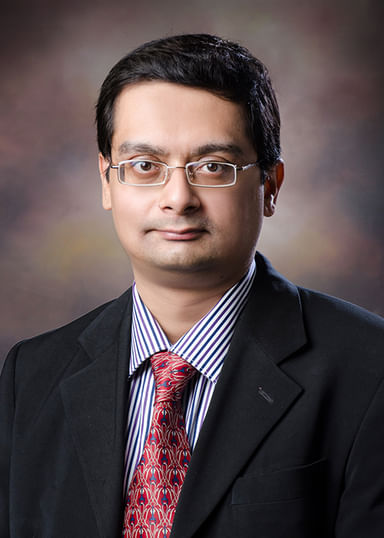Dr. Monish De
Dr. De's Clinic
Personal Statement
My favorite part of being a doctor is the opportunity to directly improve the health and wellbeing of my patients and to develop professional and personal relationships with them...read more
Doctor Information
Speciality
- Oncologist
Other treatment areas
- Oncologist/ Cancer Specialist
Education
- MBBS , Calcutta National Medical College , 2003
- Post Graduate Diploma In Medicine, Fellowship In Medical Oncology , Calcutta National Medical College , 2005
Past Experience
- Oncologist at AMRI Hospital
- Oncologist at Fortis Hospital
- Oncologist at Tata Cancer Hospital
Languages spoken
- W-Bengali
- English
Professional Memberships
- Indian Medical Association (IMA)
- Emeritus Member In American Society of Clinical Oncology
- European Society For Medical Oncology
Clinic Location
No.73/A, Ganesh Chandra Avenue
Clinic of Dr. Monish
| Clinic's Name | Fees |
|---|---|
| Dr. De's Clinic | ₹ 1,000 |
Book Clinic Appointment with Dr. Monish De
Read what people are saying about Dr. Monish De
Health Tips
Check Your Environment To Avoid The Risk of Cancer
Cancer today is not as rare as it once was. Today, cancer affects the young and old alike. One of the reasons for this is the pollution in particular air and water pollution that we are exposed to on daily basis. The air we breathe in today is a m......read more
Does Testicular Cancer Affect Sexuality?
Testicular cancer is mostly witnessed among young adults in the age range of 24 35. It results from the growth of abnormal cells in the testes. It is not the most common type of cancer found in the body, but can pose a serious threat to an individ......read more
How Exposure To Radon Gas Can Cause Lung Cancer?
You already know how cigarette smoking is a leading cause of Lung Cancer. But did you know that lung cancer can also be caused by a gas called 'radon' that can well be present in the air we breathe in. This gas slowly seeps into the body and cause......read more
Impotency: 6 Major Causes in Men
6 causes of impotency in men Impotence in men is also known as erectile dysfunction (or ed) and occurs when a male is unable to achieve or maintain an erection or ejaculate, which leads to lack of sexual satisfaction for both partners. Even though......read more
Passive Smoking & Cancer - How They Are Related?
Are you aware of the link between air pollution and cancer? Air pollution refers to the mixture of several harmful substances, which lead to various serious health hazards on exposure. The primary sources of air pollution are man-made, including f......read more


